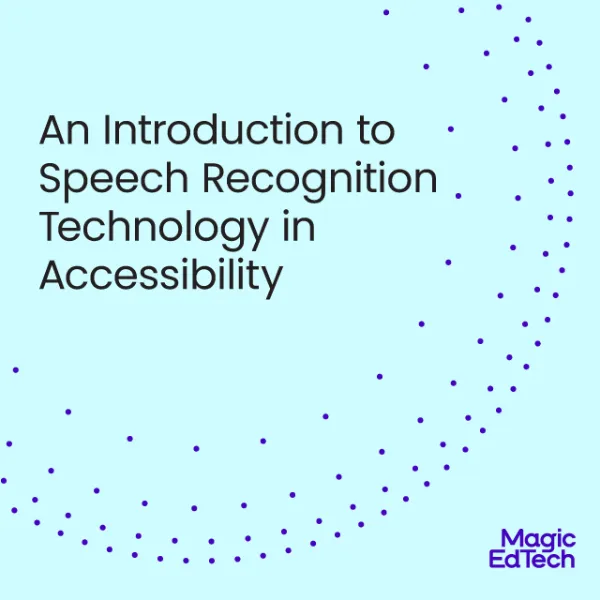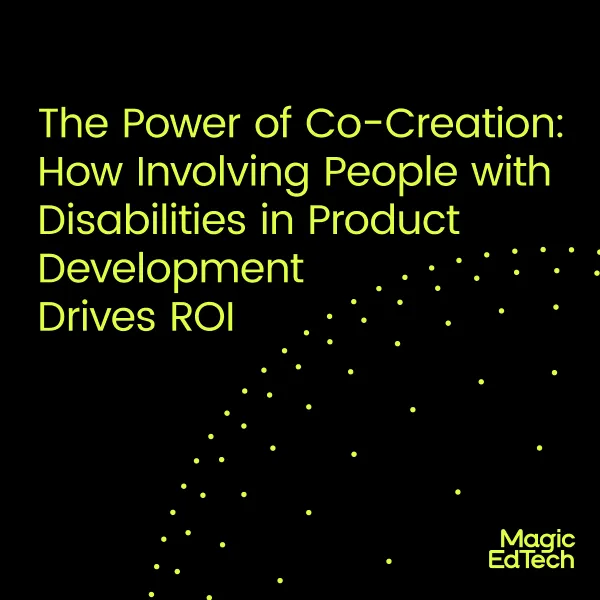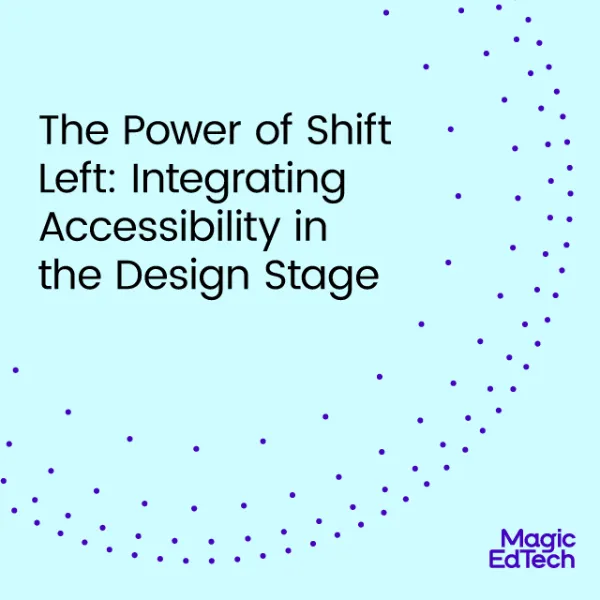Unlocking Digital Inclusion: 10 Powerful Strategies for Building an Accessible Organization
- 23 May, 2023
- Reading Time: 4 mins
Step into a world where accessibility is more than just a buzzword. It is a powerful force that drives transformative change, unlocking the full potential of digital inclusion. On this significant occasion of Global Accessibility Awareness Day (GAAD), we delve into the strategies that empower your organization to overcome barriers and cultivate an organizational accessibility practice that ensures no one is left behind. From raising awareness and securing leadership support to conducting thorough audits and seamlessly integrating accessibility into design and development processes, we unveil the essential steps that will propel your organization toward a more inclusive future.
Let’s embark on a journey to discover 10 dynamic strategies that will empower your organization to promote accessibility and establish a well-defined process.
- Embracing a Culture of Accessibility – Fostering Inclusivity from the Top Down: To kick-start your organization’s accessibility journey, it is crucial to establish a culture of accessibility. Leaders play a pivotal role in promoting accessibility as a core value. By securing leadership buy-in and fostering a culture that prioritizes inclusivity, you lay the foundation for a successful accessibility practice.
- Conducting Comprehensive Accessibility Audit – Identifying Areas for Improvement: A thorough accessibility audit is essential to identify barriers and areas in need of improvement. By leveraging various audit methodologies, tools, and techniques, you can gain insights into the accessibility of your digital assets. These audits serve as a baseline to measure progress and inform the development of targeted accessibility plans.
- Formulating Accessibility Policies and Standards – Guiding the Way: Developing clear and enforceable accessibility policies and standards is crucial for consistency and compliance. Aligning with international accessibility standards such as WCAG ensures that your organization meets the needs of individuals with disabilities. These guidelines serve as a roadmap for creating accessible digital content and applications.
- Integrating Accessibility into Design and Development Processes – From Concept to Completion: To ensure accessibility is ingrained in your organization’s DNA, it is vital to integrate accessibility into the design and development processes. By incorporating accessibility considerations from the outset, such as wireframing, prototyping, and quality assurance, you can address potential barriers early on and deliver inclusive user experiences.
- Building an Accessibility Team – Champions of Inclusion: Dedicated accessibility teams or designated accessibility roles within existing teams can be instrumental in driving accessibility initiatives. Identifying individuals with the necessary skills and expertise, or providing training to create accessibility champions, can ensure that accessibility is prioritized across the organization.
- Conducting Accessibility Training and Awareness Programs – Empowering Your Workforce: Equipping your workforce with the knowledge and skills to create accessible content is crucial. Conducting accessibility training sessions, workshops, and awareness programs educates employees about best practices and fosters a culture of inclusion. By involving employees in the accessibility journey, you cultivate a more inclusive and knowledgeable workforce.
- Engaging with Users and Soliciting Feedback – Putting the User at the Center: Involving individuals with disabilities in the accessibility practice is vital for creating user-centric solutions. Conducting usability testing sessions, soliciting feedback through surveys, and actively engaging with users with disabilities can provide valuable insights and help shape an inclusive digital experience.
- Measuring and Monitoring Accessibility Progress – Tracking Your Journey: Setting measurable accessibility goals and regularly monitoring progress is essential for continuous improvement. Utilize tools and techniques such as automated testing, manual testing, and ongoing audits to assess your organization’s accessibility compliance. By measuring and tracking accessibility progress, you can identify areas of success and areas that require further attention, ensuring that your accessibility practice remains on the right track.
- Cultivating a Continuous Improvement Mindset – Embracing the Journey: Accessibility is not a one-time task but an ongoing journey. Foster a continuous improvement mindset within your organization. Stay updated on accessibility guidelines and best practices, adapt to evolving technologies, and proactively address emerging accessibility challenges. By nurturing a culture of continuous learning and improvement, you can maintain a high standard of accessibility and ensure that your digital platforms remain inclusive for all users.
- Celebrating Success and Sharing Best Practices – Inspiring Others: Celebrate your accessibility successes and share best practices with the wider community. By showcasing your organization’s commitment to accessibility and the positive outcomes achieved, you inspire and encourage others to follow suit. Engage in industry conferences, participate in accessibility communities, and contribute to open-source projects to foster collaboration and knowledge-sharing, ultimately driving the accessibility movement forward.
Remember, accessibility is not just about compliance—it’s about making the world a more inclusive place for everyone. By implementing these strategies and embracing the principles of accessibility, you have the power to break barriers, build inclusion, and create transformative digital experiences that leave no one behind. Together, let’s make accessibility a priority and build a more inclusive digital future.






